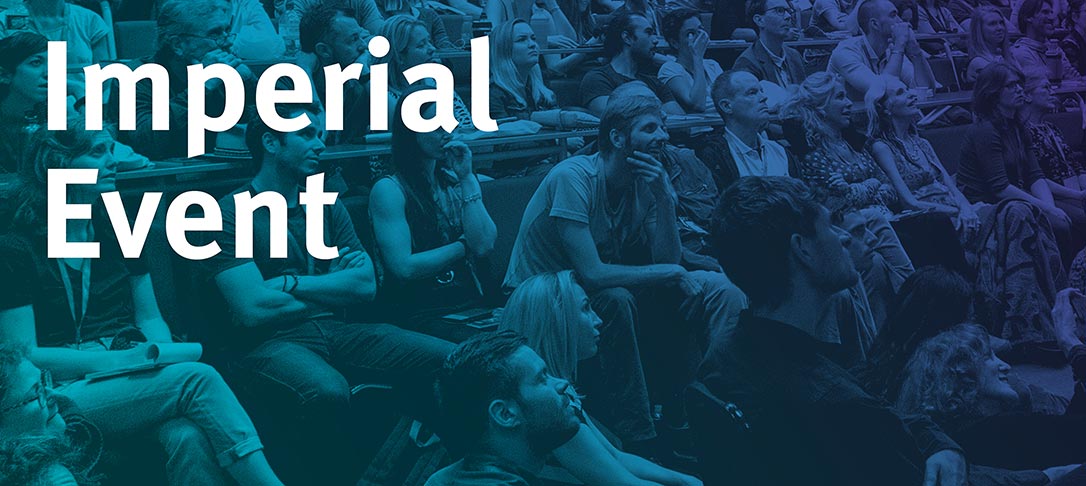
Abstract
Using remote sensing combined with self-supervised deep learning techniques like contrastive learning can effectively predict the prevalence of malaria in a region, using geographical features like the natural environment (forest cover, elevation, vegetation, water bodies) and built-up environment (road networks, urban densities). We extract these geographical features from satellite images, and using contrastive learning, convert them into vector embeddings as predictors for the malaria prevalence in that region using machine learning and statistical methods. Effectively, the contrastive learning step becomes a pretraining step, learning all about the natural and built environment of a particular region, and can be used for other economic and health-related downstream tasks.
Bio
Kaustubh Sanjay Chakradeo has a background in artificial intelligence, focused on imaging, and is doing a PhD at the University of Copenhagen with deep learning and medical imaging. Kaustubh Sanjay Chakradeo’s work focuses on using self-supervised learning models towards images ranging from microscopic pathology to large satellite images. Kaustubh Sanjay Chakradeo has previously also worked with deep learning and radiology (CT scans, mammographies).